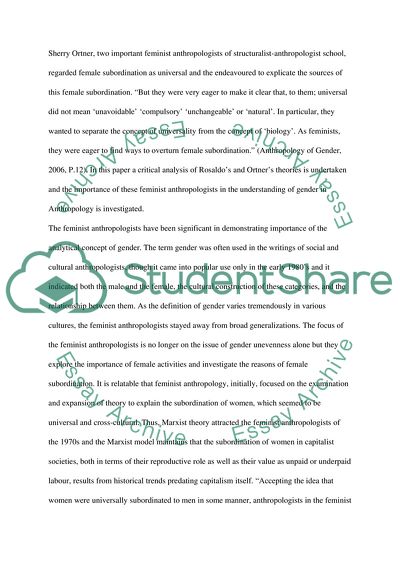Cite this document
(“Gender and Sexuality Essay Example | Topics and Well Written Essays - 2500 words”, n.d.)
Retrieved from https://studentshare.org/miscellaneous/1546910-gender-and-sexuality
Retrieved from https://studentshare.org/miscellaneous/1546910-gender-and-sexuality
(Gender and Sexuality Essay Example | Topics and Well Written Essays - 2500 Words)
https://studentshare.org/miscellaneous/1546910-gender-and-sexuality.
https://studentshare.org/miscellaneous/1546910-gender-and-sexuality.
“Gender and Sexuality Essay Example | Topics and Well Written Essays - 2500 Words”, n.d. https://studentshare.org/miscellaneous/1546910-gender-and-sexuality.


